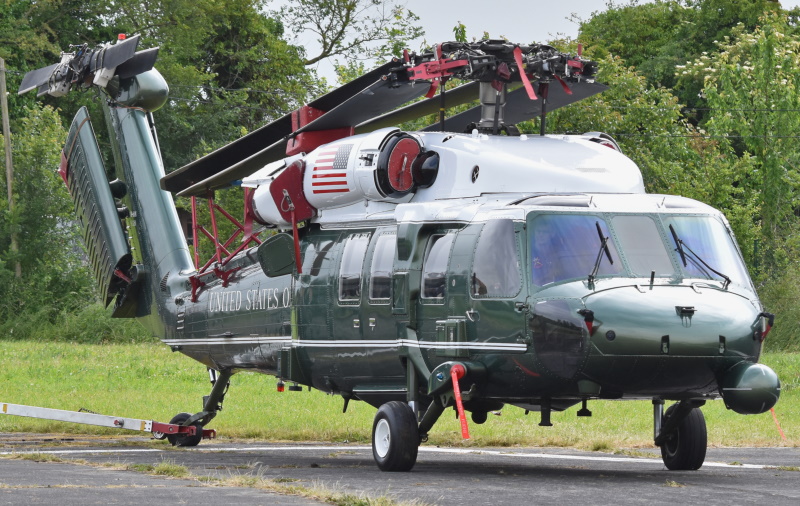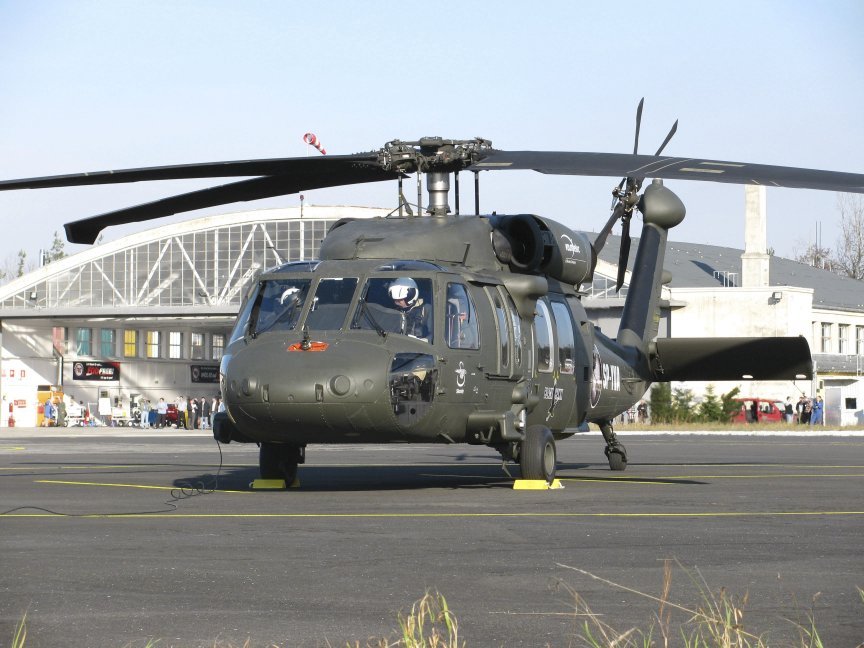High-Performance Multi-Role Rotorcraft Featuring Advanced Cockpit Technologies and Integrated Sensor Equipments
The realm of rotorcraft innovation has seen significant advancements in recent times, particularly in the world of high-performance multi-role rotorcraft equipped with innovative cockpit modern technologies and effortlessly integrated sensor systems. In the following conversation, we will check out the evolution of rotorcraft modern technology, dig right into the world of advanced cabin innovations, and check out the implications of integrated sensing unit systems on the functional flexibility and performance of modern-day rotorcraft.
Development of Rotorcraft Modern Technology
The advancement of rotorcraft modern technology has actually been noted by considerable improvements in the rules of aerodynamics, products, and propulsion systems, shaping the capacities and performance of modern rotorcraft. In addition, advancements in propulsion systems, including a lot more powerful engines and innovative propulsion modern technologies, have actually made it possible for rotorcraft to attain greater elevations, faster rates, and higher payloads.
These developments have not only transformed the capabilities of rotorcraft yet have actually additionally broadened their applications across different industries, including army, industrial, and emergency services. The continuous advancement of rotorcraft innovation continues to drive advancement in the field, pushing the borders of what is feasible and shaping the future of vertical trip.
Advanced Cockpit Innovations
Building upon the foundational innovations in the rules of aerodynamics, materials, and propulsion systems, the world of rotorcraft modern technology now changes focus towards pioneering Advanced Cabin Innovations. The integration of cutting-edge modern technologies within the cabin environment plays a crucial duty in improving the operational capacities, safety, and performance of contemporary rotorcraft. sikorsky s 70. Advanced Cockpit Innovations incorporate a large range of features developed to provide pilots with improved situational awareness, streamlined data monitoring, and instinctive control user interfaces
One of the crucial advancements in cockpit design is the application of glass cabins, which replace standard analog evaluates with high-resolution display screens. These digital systems provide customizable formats, real-time information assimilation, and boosted readability, allowing pilots to gain access to crucial info at a glance. Progressed avionics systems, such as fly-by-wire controls and augmented reality screens, are reinventing exactly how pilots interact with the aircraft, allowing for precise control and boosted decision-making capabilities.


Integrating innovative cockpit technologies not just enhances pilot efficiency however also contributes to general mission performance and security in complicated operational settings. By leveraging modern innovations within the cockpit, rotorcraft producers are setting brand-new standards for functional quality and mission success.
Integrated Sensing Unit Solutions
With the evolution of rotorcraft technology, the assimilation of sophisticated Integrated Sensing unit Solution has become vital in enhancing functional performance and safety. These Integrated Sensing unit Systems include a broad selection of innovations that give critical information for various functions such as navigating, monitoring, targeting, and environmental tracking. By seamlessly integrating sensors like radars, cameras, lidar, and infrared systems into rotorcraft, drivers can gain from enhanced situational awareness, improved goal capabilities, and minimized pilot workload.
One secret benefit of Integrated Sensing unit Systems is their capacity to gather real-time data and supply workable insights to pilots and objective drivers. Advanced radar systems can discover and track targets over click for info long ranges, allowing for very early risk discovery and effective action preparation. In addition, incorporating infrared and electro-optical video cameras enables rotorcraft to carry out reconnaissance and security objectives with accuracy and precision.
Essentially, the assimilation of advanced sensor technologies into rotorcraft not only improves operational effectiveness however additionally adds dramatically to total mission success and team security. As rotorcraft remain to evolve, the role of Integrated Sensing unit Solution will most certainly continue to be at the leading edge of technology in the aerospace sector.
Operational Flexibility and Performance
Enhancing functional adaptability and effectiveness in rotorcraft is a natural progression from the integration of sophisticated Integrated Sensor Equipments. By website link leveraging the insights and information given by these sophisticated sensor systems, rotorcraft can enhance their performance throughout numerous missions and environments.
Operational versatility incorporates the capability of rotorcraft to adapt to different functions and circumstances successfully. With innovative cockpit technologies and integrated sensing unit systems, rotorcraft can perfectly change in between tasks such as search and rescue, medical evacuation, monitoring, and extra. This flexibility boosts the rotorcraft's capability to satisfy varied functional requirements without requiring comprehensive reconfiguration.
Performance in rotorcraft operations is crucial for making best use of goal effectiveness and source application. Integrated sensor systems play a critical role in improving functional efficiency by giving real-time information on weather, terrain mapping, target monitoring, and extra. This data allows pilots to make enlightened choices promptly, maximize trip courses, preserve fuel, and enhance general find objective performance.
Effect On Modern Air Travel Procedures

In addition, the combination of advanced sensing units promotes enhanced objective planning and execution, enabling rotorcraft to perform a wide variety of tasks with enhanced precision. From search and rescue procedures to aerial firefighting and law enforcement missions, the abilities of contemporary rotorcraft equipped with sophisticated cockpit technologies and incorporated sensor systems are unequaled.
In addition, the impact of these advancements expands past operational effectiveness to cost-effectiveness and sustainability. By maximizing flight routes, gas consumption, and upkeep routines, high-performance rotorcraft geared up with innovative cockpit innovations and sensors add to reducing operational prices and ecological effect, making them essential properties in modern air travel operations.
Conclusion
Finally, the high-performance multi-role rotorcraft with innovative cabin technologies and incorporated sensor systems represents a considerable development in air travel innovation. These innovations improve operational flexibility and effectiveness, inevitably influencing modern-day air travel operations in a favorable means. The assimilation of these sophisticated innovations permits improved capacities and efficiency in various mission scenarios, showcasing the continued innovation of rotorcraft modern technology in the aeronautics sector.
The realm of rotorcraft technology has seen remarkable innovations in current times, especially in the realm of high-performance multi-role rotorcraft outfitted with innovative cockpit technologies and effortlessly integrated sensing unit systems. From enhanced goal adaptability to boosted functional efficiency, the merging of sophisticated cabin innovations and integrated sensor systems has ushered in a brand-new period of possibilities for rotorcraft applications. In the adhering to discussion, we will certainly check out the advancement of rotorcraft modern technology, dive right into the realm of innovative cabin technologies, and analyze the effects of integrated sensing unit systems on the operational convenience and efficiency of modern rotorcraft.
